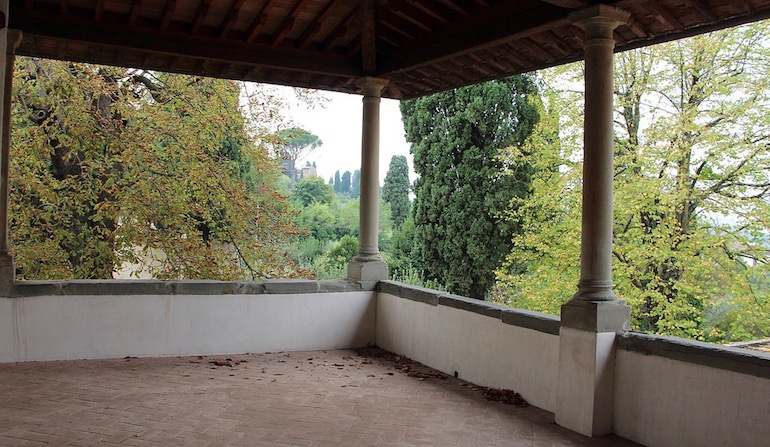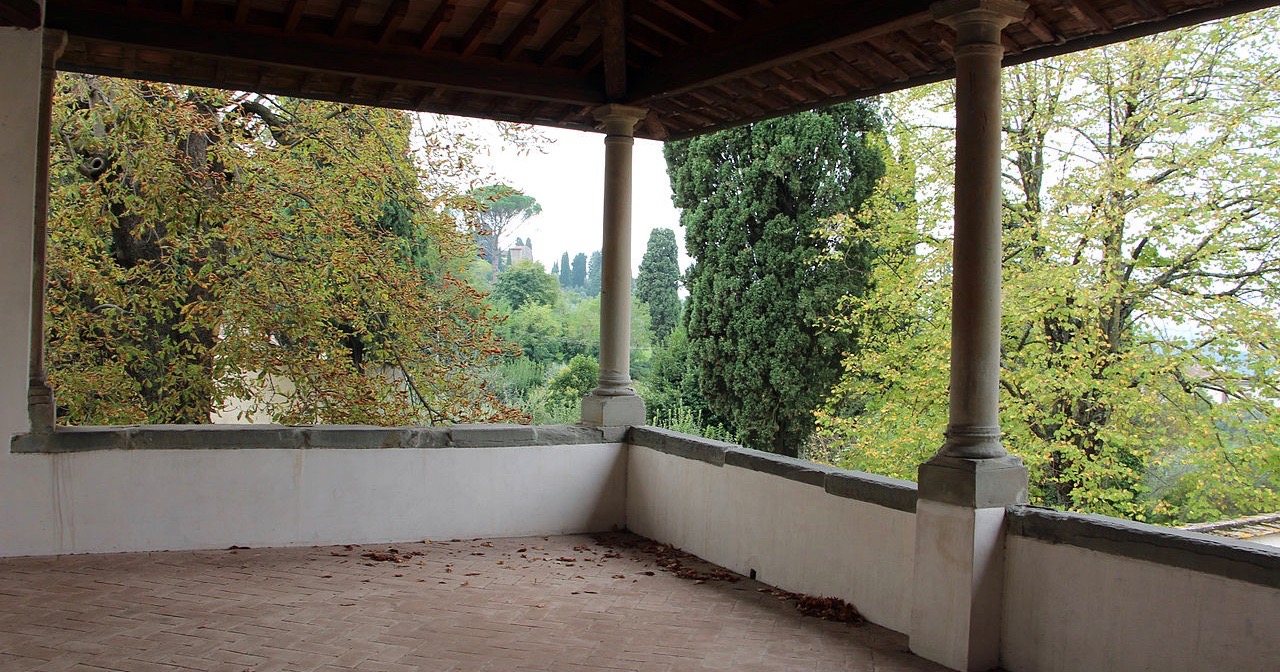 Faith & Science
Faith & Science
 Physics, Earth & Space
Physics, Earth & Space
Galileo Myth Goes Marching On


The Galileo myth posits that the great astronomer’s story illustrates the near-inevitable conflict between science and religion — or “faith and fact.” As science historian Michael Keas explains, the story is actually more complicated, nuanced, and interesting than the myth would have it:
In Unbelievable, Professor Keas explores seven myths about the history of science and faith. It’s a great read. In the case of Galileo, the scientific evidence available at the time was not at all a slam dunk for the Copernican view. His trial and house arrest by the Catholic Church were not simply a panicked religion fighting back against scientific truth. There were scientists and theologians on Galileo’s side and others against him. Unlike Giordano Bruno, Galileo was not burned. He lived out his life at his comfortable rural estate, Villa Il Gioiello, on the hillside outskirts of Florence.
Which, by the way, looks like quite a place. Its name means “The Jewel.” The photo at the top shows a loggia, a room with open walls, overlooking a lovely parklike setting. Of course, as Keas emphasizes, this is still a shameful episode for the Church, but not a simple one!
Yet textbooks and the media have portrayed Galileo as a martyr for science, and they continue to do so. His myth goes marching on. As we’ve seen in recent arguments with evolutionists, the mistaken notion remains highly influential: a reasonable adult must either give up religion or isolate it, like a poor sick thing, from science. Not so.
Photo credit: Loggia of Villa Il Gioiello, by Sailko [CC BY 3.0], via Wikimedia Commons.
